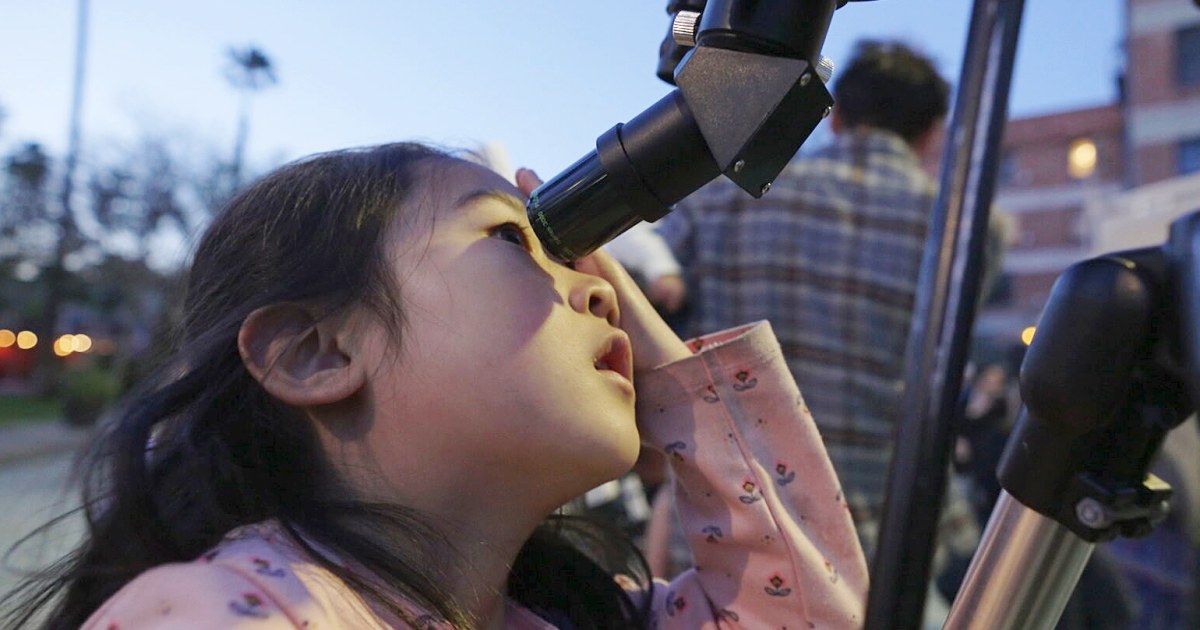
Satellite Orbit
Satellite orbit refers to the path followed by a satellite around a celestial body, such as a planet or a moon. The orbit of a satellite is determined by its velocity and the gravitational pull of the celestial body it is orbiting. Satellites can have different types of orbits, including circular, elliptical, polar, and geostationary orbits. A circular orbit is when a satellite moves around a celestial body at a constant distance, while an elliptical orbit is when a satellite moves around a celestial body at varying distances. A polar orbit is when a satellite passes over the north and south poles of a celestial body, while a geostationary orbit is when a satellite orbits the equator of a celestial body at the same rate as the body's rotation, allowing it to remain in a fixed position relative to the surface below.
Your Previous Searches
Random Picks
- Space-based Industries: Space-based industries refer to the commercial activities that take place in space or are enabled by space technologies. These industries include satellite communications, remote sensing, navigation, space tourism, and space mining. Space-b ... Read More >>
- Pressurization: Pressurization is the process of increasing the air pressure inside a spacecraft or a spacesuit to a level that is suitable for human habitation. In space, there is no atmospheric pressure, and without pressurization, humans would not be ab ... Read More >>
- Signal Polarization: In the context of aerospace engineering, signal polarization refers to the orientation of the electric field vector in an electromagnetic wave, which is particularly crucial in the design and operation of antennas for satellite communicatio ... Read More >>
Top News

Easter's date remains divisive. Some church leaders want that to change...
Eastern and Western churches will celebrate Easter on the same day this year, while marking 1,700 years since the Council of Nicaea unified Christian doctrine...
News Source: ABC News on 2025-04-19

In a city of stars, Los Angeles astronomy club makes sure to keep looking up...
LOS ANGELES — While Los Angeles is home to the biggest stars in the world, a monthly get-together is proving that the city’s rich and famous have nothing on the universe....
News Source: NBC News on 2025-04-18

This week on "Sunday Morning" (April 20)...
A look at the features for this week's broadcast of the Emmy-winning program, hosted by Jane Pauley....
News Source: CBS News on 2025-04-17

Scientists detect strongest hints yet of life on a distant planet...
Scientists have detected unique chemical patterns similar to those produced by the Earth's algae and seaweed — raising the possibility of the presence of a warm ocean, perhaps teeming with life, on ...
News Source: NBC News on 2025-04-17

Is there life on another planet? Scientists find the strongest evidence yet...
Near a planet far, far away astronomers have found traces of chemicals that on Earth are only produced by living beings....
News Source: Al Jazeera English on 2025-04-17